Abstract
1 Fluvoxamine maleate is a compound from the series of 2-aminoethyloximethers of aralkylketones which possesses marked inhibition effects on 5-hydroxytryptamine (5-HT) uptake by blood platelets and brain synaptosomes. In contrast, it has no effect on noradrenaline uptake processes.
2 Fluvoxamine is completely absorbed in rats and dogs; the main metabolic path was similar in rat, dog, hamster, mouse and rabbit. The metabolities of fluvoxamine are inactive with regard to aminergic uptake processes.
3 Fluvoxamine is neither sedative nor stimulating, shows a very low cardiotoxic effect and no affinity for the cholinergic receptor. On the basis of the pharmacological profile, a highly favourable therapeutic ratio of antidepressant effects vs disturbing side-effects is predicted.
Full text
PDF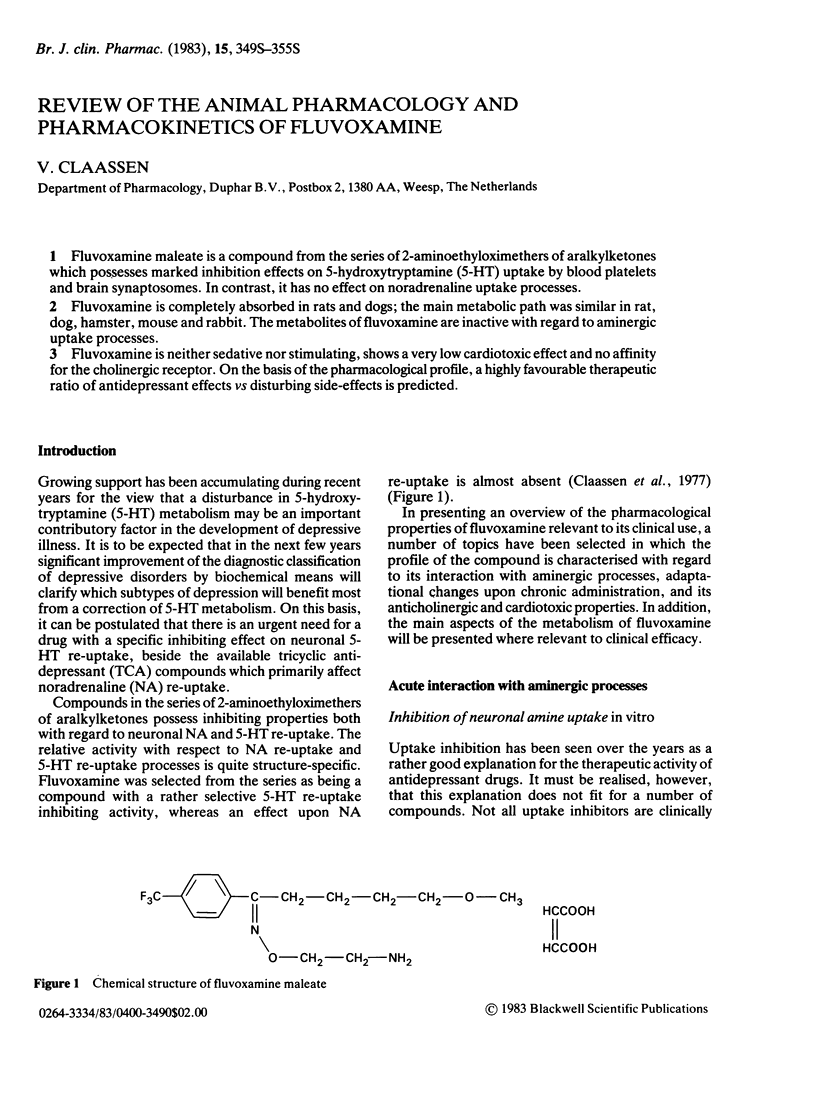

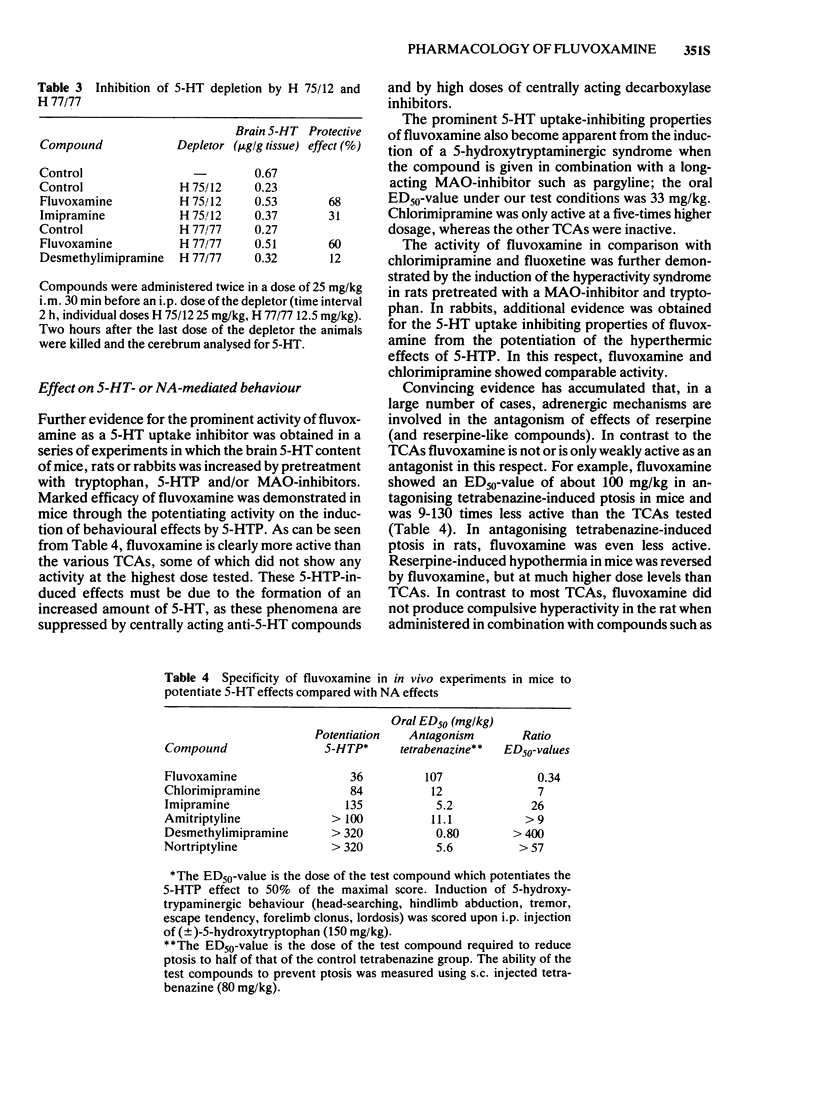
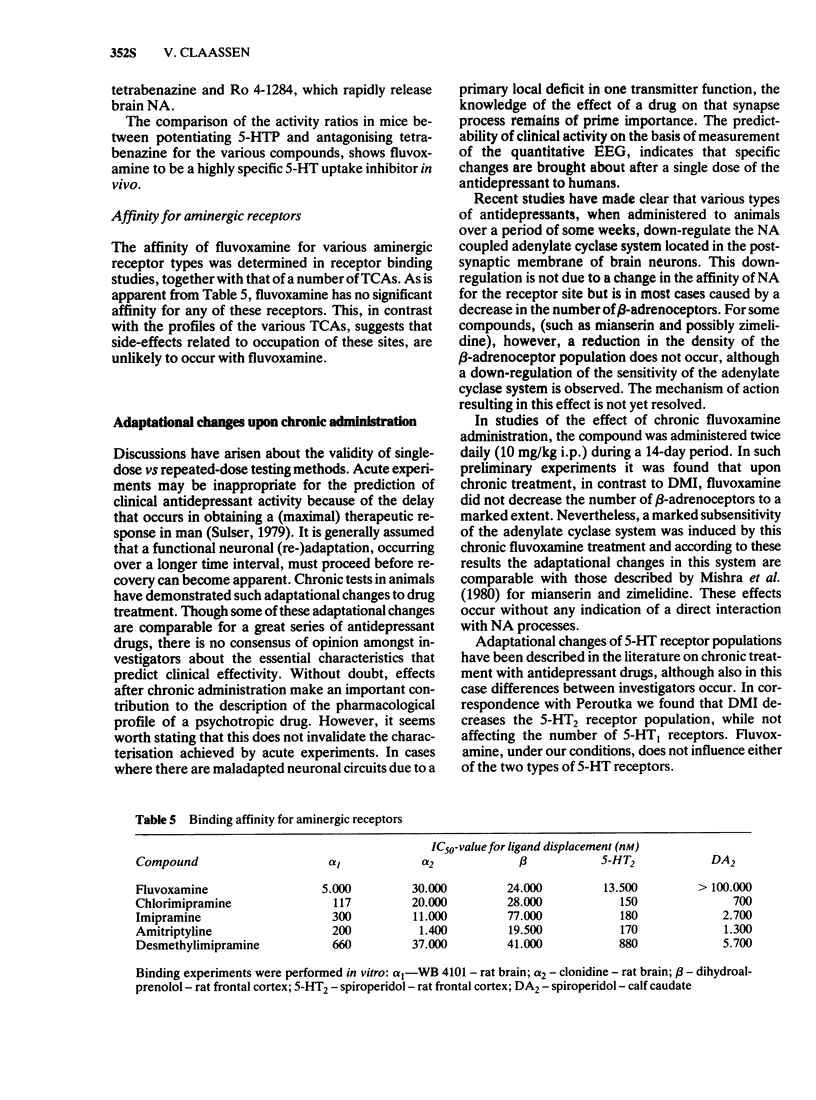

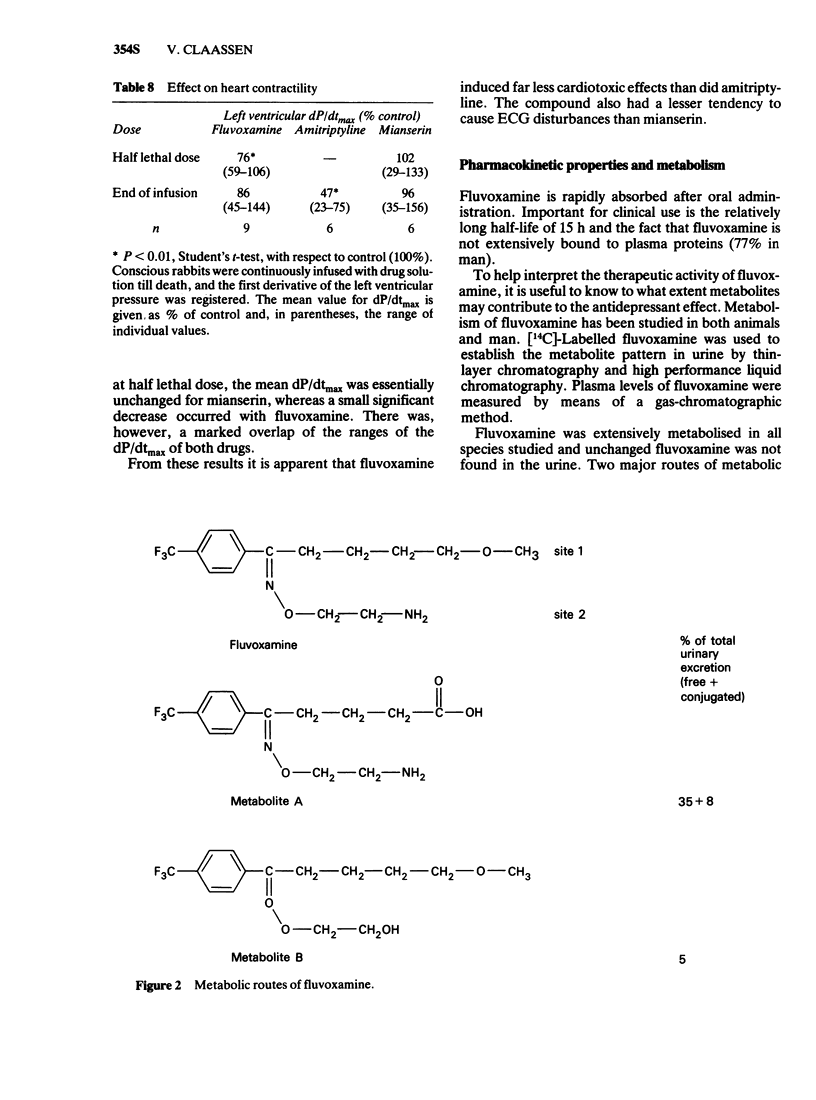
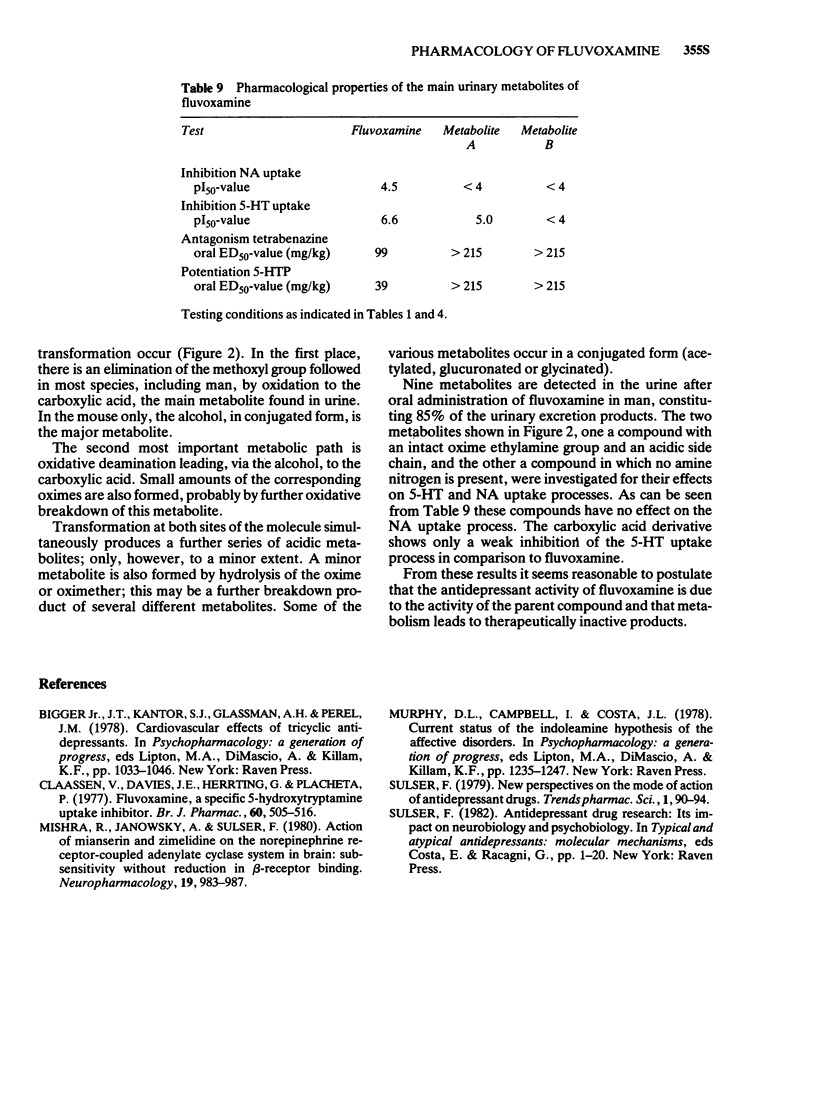
Selected References
These references are in PubMed. This may not be the complete list of references from this article.
- Claassen V., Davies J. E., Hertting G., Placheta P. Fluvoxamine, a specific 5-hydroxytryptamine uptake inhibitor. Br J Pharmacol. 1977 Aug;60(4):505–516. doi: 10.1111/j.1476-5381.1977.tb07528.x. [DOI] [PMC free article] [PubMed] [Google Scholar]
- Mishra R., Janowsky A., Sulser F. Action of mianserin and zimelidine on the norepinephrine receptor coupled adenylate cyclase system in brain: subsensitivity without reduction in beta-adrenergic receptor binding. Neuropharmacology. 1980 Oct;19(10):983–987. doi: 10.1016/0028-3908(80)90009-x. [DOI] [PubMed] [Google Scholar]
- Sulser F. Giovanni Lorenzini Foundation Lecture. Antidepressant drug research: its impact on neurobiology and psychobiology. Adv Biochem Psychopharmacol. 1982;31:1–20. [PubMed] [Google Scholar]


